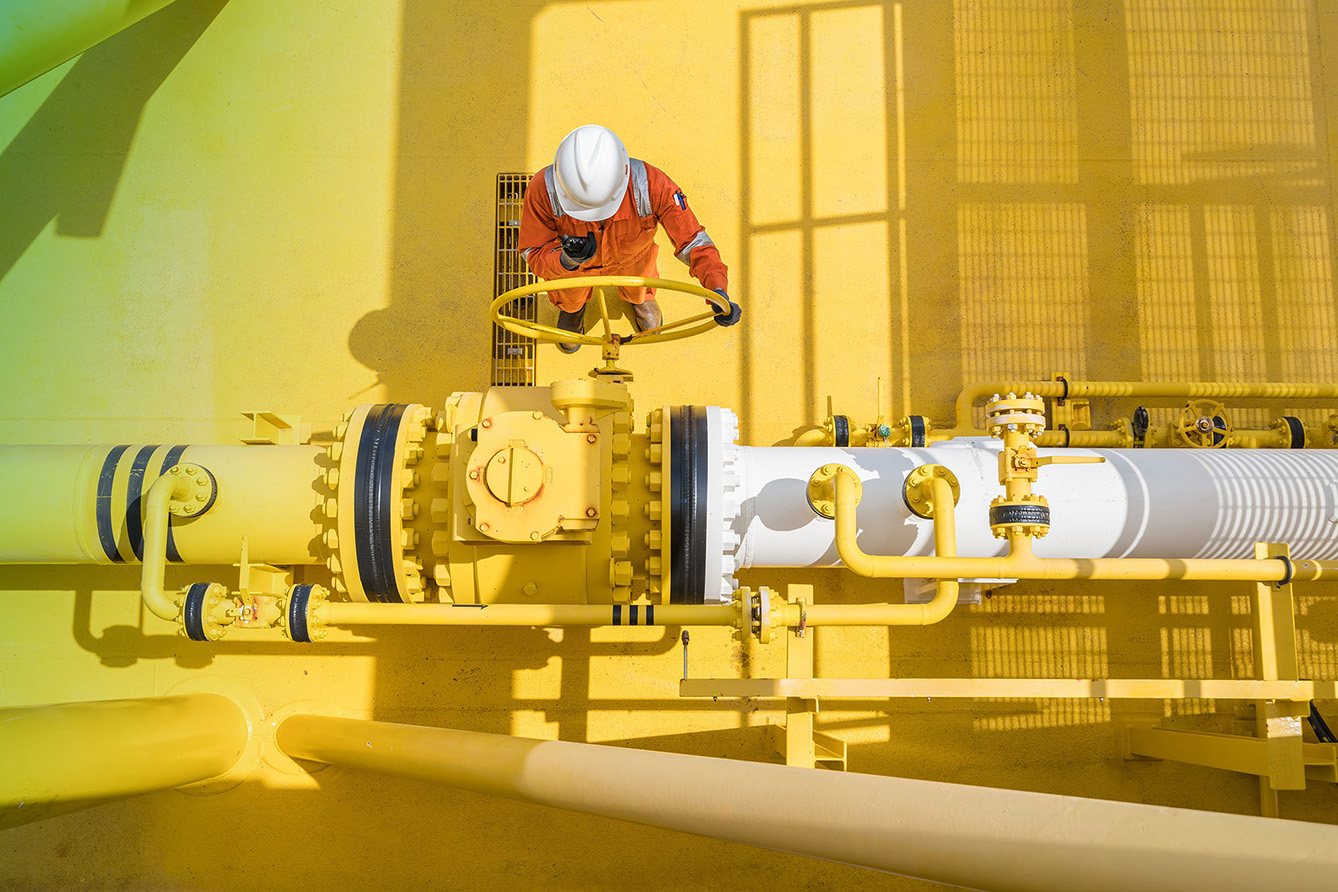No leaders in the region were willing to take the risk of having millions of people losing their ability to heat their houses in the middle of winter. With the construction of the North-South Gas Corridor (NSGC), energy diversification is finally within reach. Even though the Russian-Ukrainian gas dispute was resolved after 3 days in 2006, another conflict between the two countries arose in January 2009. This time, Russian gas supplies to Europe either significantly decreased or completely disappeared for nearly 2 weeks.
Out of all EU member states, Bulgaria and Slovakia were hit hardest, as Russia was the supplier of more than 95% of their total gas imports and the amount of gas supplied by Russia to those two countries decreased by more than 95% as well.
A call to action
The events of 2006 and 2009 spurred Central Eastern Europe into action, and they signed a declaration calling for the construction of the NSGC in 2010. 12 states in Central Eastern Europe, from Estonia in the north to Bulgaria and Croatia in the south, formed the Three Seas Initiative (3Si) in 2016. The new format of regional cooperation is centered on strengthening infrastructural links within the spheres of transport, energy and digitization. The 3Si adopted the NSGC as one of its priority projects, significantly speeding up its construction.
Transregional project are the way forward
The plan was based on the 3Si region gaining new sources of supply through Liquified Natural Gas (LNG) terminals in Swinoujscie in Poland and in Krk in Croatia. LNG can arrive by tankers to these ports from large exporters such as the USA, Australia and Qatar. The LNG terminal in Swinoujscie was completed in 2015 while the terminal in Krk became operational in 2021. Another new entry point will be provided by the completion of Baltic Pipe in late 2022, which will bring gas from Norway to Poland.
2022 will also be the year that gas will finally be able to flow through the NSGC all the way from Swinoujscie to Krk and vice versa. This will be made possible by the completion of the gas interconnector between Poland and Slovakia. It will mark a milestone for the new gas corridor, but the work is far from over.
Plans for the future
The NSGC will have to expand with time to be able to cover a significant part of the 3Si region’s gas demand. Additional pipelines and new LNG terminals are either under construction or in an advanced planning stage across the region. These will all be connected to the NSGC, creating an integrated gas market.
Gas is to start flowing between Poland and the Baltic states through GIPL in late 2022. This year will also see the completion of the new IGB pipeline connecting Greece and Bulgaria. It will for the first time bring Azeri gas to a 3Si state through Turkey and Greece via the TAP and TANAP pipelines. Several other projects are scheduled to become operational in the years 2023-2026, boosting the capacity of the NSGC to new heights.
Benefits for Three Seas residents
There are two main blessings associated with the NSGC. The first is linked to national security, while the second concerns the economy. Russia will lose its monopolistic position as a gas supplier in the region. This will make it easier for 3Si countries to conduct fully independent foreign policies in regards to Moscow. The demise of its monopoly will also lower the price on the gas that 3Si states will continue buying from Russia in the future, as short-term spot trade is cheaper than the long-term contracts spanning decades that Russia used to sign with 3Si countries.
The better integrated gas market facilitated by the NSGC and the future prospect of cheaper Azeri gas will also decrease the price on gas. That will translate into lower prices on heating and electricity for consumers. A low price on electricity is especially important for industrial production, making it more competitive and a potential driving engine for a country’s economic growth. The NSGC has the capacity to transform the lives of everyone living in the 3Si region. Hopefully, the times when people dread receiving electricity and heating bills will soon be over.







